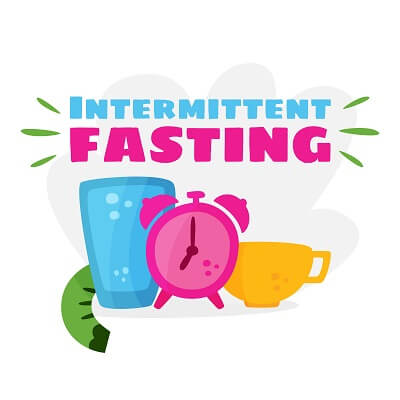There are different types of dieting and weight loss techniques out there. Many of them have formed in the last century in an attempt to utilize modern science to create the most optimal diet plan. As great as the new techniques can be, sometimes it’s best to revisit the classics, like fasting. Fasting has been utilized for the majority of human history, most often for religious and ceremonial purposes. Many cultures use fasting as a means to stimulate spiritual cultivation and clarity of mind. Typically fasting requires either completely abstaining from eating food or severely reducing your intake for a 12- multiple month period. Fasting is also a great weight loss tool, especially in the form of intermittent fasting.
Intermittent fasting is a diet plan that circulates between periods of fasting and periods of unrestricted eating. It has the ability to help change your body composition via loss of fat mass and weight. It can also help to improve the areas of health concerned with diseases like diabetes, and conditions like blood pressure and cholesterol levels. Researchers believe that intermittent fasting can be the key to breaking through weight loss bottle necks. One of the challenges when attempting to achieve your weight loss goals, is that your body will become used to your diet plan and compensate for it by reducing the number of calories you use. If you mix it up with intermittent fasting, you can avoid this tendency.
There are three common methods to practice Intermittent Fasting:
- Alternate-day fasting—Switch between days where you have no food restriction with days that you only consume one meal that contains approximately 25% of your recommended daily calorie intake.
- Whole-day fasting— For 1-2 days out of the week completely fast and eat with no restrictions on the remaining days.
- Time-restricted feeding—Create a meal plan where you only eat at certain times out of the day and practice extreme fasting outside of that time frame.








